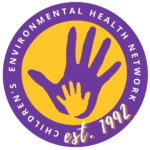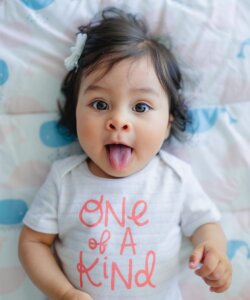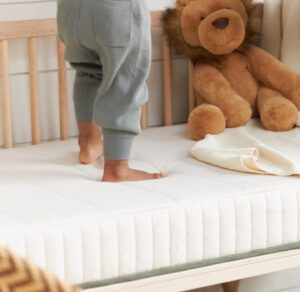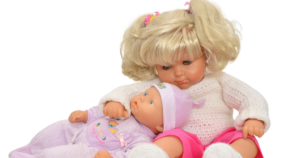Moving the Child Care Field Forward-Updated Environmental Health Standards
By Kathy Attar, Engagement Manager, Eco-Healthy Child Care®
BIG NEWS!!! The Association for Early Learning Leaders (AELL) has recently released updated accreditation standards for center-based child care providers. These new standards are now more inclusive of children’s environmental health.
The Eco-Healthy Child Care® program worked with AELL to ensure environmental health best practices were included in their newly updated standards. For example, AELL recommends monitoring indoor air quality by: ensuring adequate ventilation is maintained by using an HVAC system and/or opening screened windows; avoiding conditions that lead to excess moisture; and not using aerosols, among other best practices. Protecting children from outdoor air pollution can be done by checking the Air Quality Index and instituting an anti-idling policy, in addition to other strategies.
A primary AELL goal is to ensure high quality child care programs for young children. One way they do this is by accrediting center-based facilities. Their updated accreditation standards reflect current research and evidence-based practices within the early learning field. For example, including information and strategies to reduce air pollution in order to protect children’s health.
All national child care accreditation standards are voluntary strategies for improving the quality of child care. There currently are no mandated national regulations related to environmental health in child care facilities. Some states require child care facilities to test for lead in water and paint, or require facilities to test for radon, but more often than not, environmental health is not comprehensively addressed in child care licensing requirements.
EHCC’s work to incorporate environmental health best practices within national child care accreditation–AELL’s and the National Association for the Education of Young Children’s— as well as within the National Center for Healthy and Safety in Child Care and Early Education’s (NRC) Caring for Our Children’s health and safety standards is a path towards strengthening local child care licensing. When local licensing agencies are seeking to update regulations they often look to accreditation and NRC’s Caring for Our Children’s health and safety standards for model practices that have been agreed upon by subject matter experts.
High quality child care must include considerations for the health and safety of the children and staff–environmental health is a key part in ensuring our children and the people who care for them are free of exposures to potential environmental pollutants.
The COVID-19 pandemic has highlighted the need for comprehensive and safer strategies to address cleaning, disinfecting and indoor air quality in child care. Many of Eco-Healthy Child Care® ‘s cleaning and disinfecting best practices found on our checklist align with the Center’s Disease Control’s COVID-19 best practices for keeping child care facilities safe during the pandemic. We have also developed NEW user-friendly and science based COVID-19 fact sheets for child care professionals on cleaning, disinfecting and indoor air quality (available in both English and Spanish).
Are you a child care provider looking to create a child care environment free of environmental hazards such as: BPA, pesticides or lead? Get Eco-Healthy Child Care® Endorsed!
As an Eco-Healthy Child Care® endorsed provider you will create and maintain a child care facility that is healthy and safe by reducing children’s exposure to environmental hazards like lead in paint and water, unsafe plastics and toxic chemicals found in cleaning supplies.









